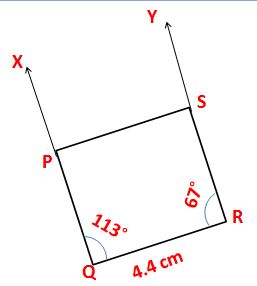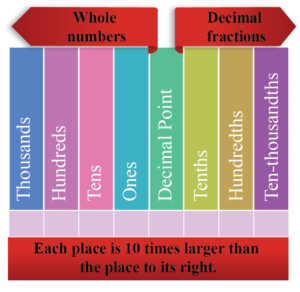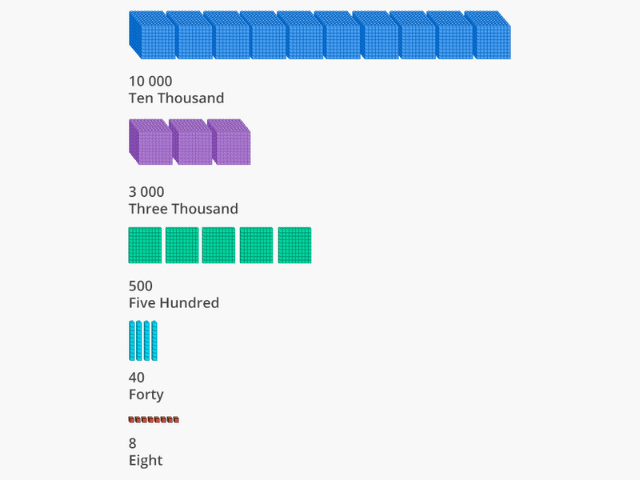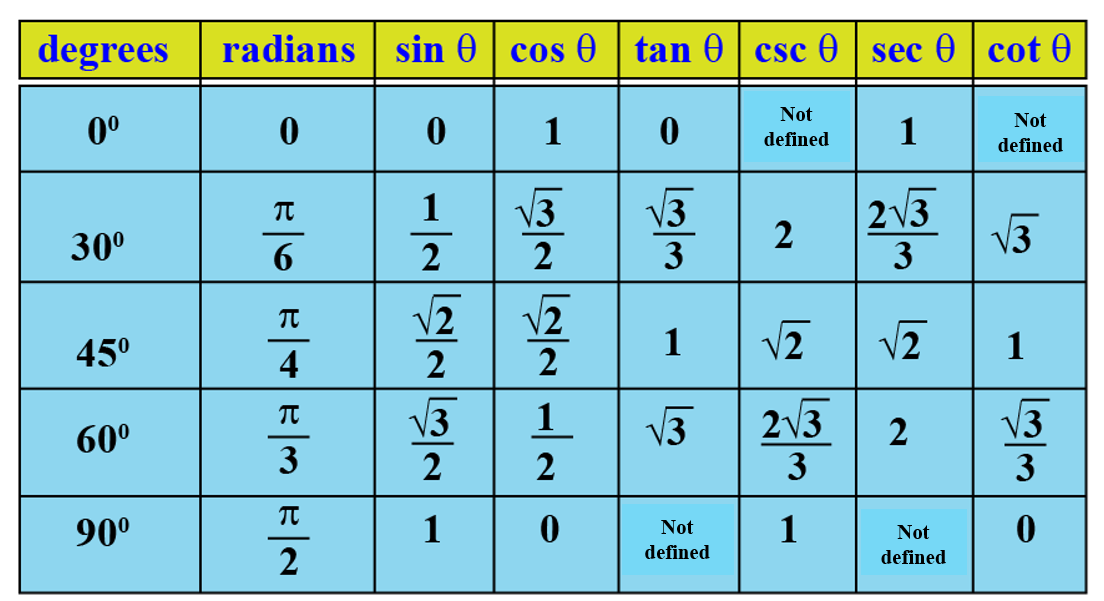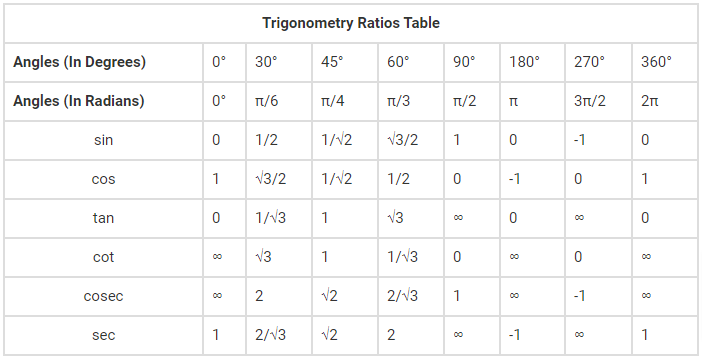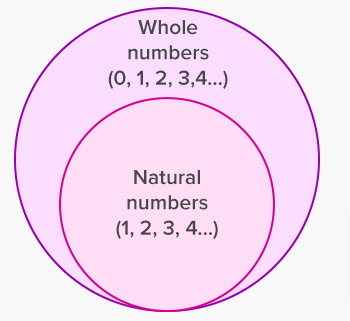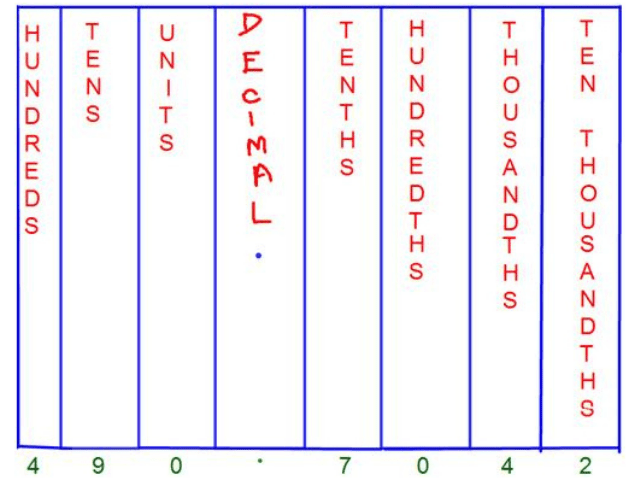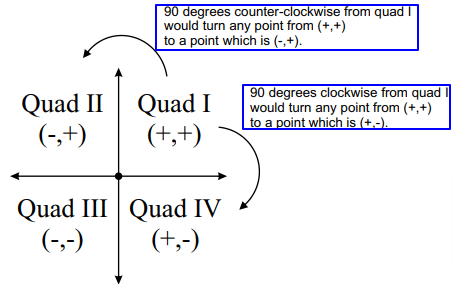Do you want to know How to construct different types of quadrilaterals? Different types of quadrilaterals are developed depending on the sides, diagonals, and also angles. Have a look at a step by step explanation to construct various types of quadrilaterals. We have given different problems on the construction of quadrilaterals along with steps for better understanding. Look at them and practice all the problems given below and enhance your conceptual knowledge.
How to Construct Quadrilaterals? | Steps of Construction
You can refer to the below available various questions on constructing quadrilaterals along with a detailed explanation. For the sake of your comfort, we even jotted Steps of Construction for each and every problem so that you can solve similar kinds of questions easily.
1. Construct a parallelogram PQRS in which PQ = 7 cm, QR = 5 cm and diagonal PR = 7.8 cm.
Steps of Construction:
Firstly, draw a rough figure of the quadrilateral with the given dimensions.
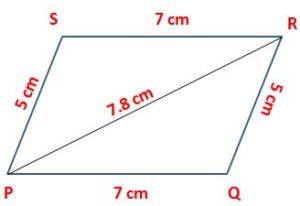
1. Draw a line segment of length 7 cm and mark the ends as P and Q.
2. Take the point P as a center and draw an arc by taking the radius 7.8 cm.
3. Next, take point Q as a center and draw an arc by taking the radius 5 cm. Mark the point as R where the two arcs cross each other. Join the points Q and R as well as P and R.
Note: A parallelogram is a simple quadrilateral with two pairs of parallel sides. The opposite or facing sides of a parallelogram are of equal length and the opposite angles of a parallelogram are of equal measure.
4. By taking the point P as a center, draw an arc with a radius of 5 cm.
5. By taking the point R as a center, draw an arc with a radius of 7 cm.
6. Mark the point as S where the two arcs cross each other. Join the points R and S as well as P and S.
PQRS is a required parallelogram.

2. Construct a parallelogram, one of whose sides is 7.2 cm and whose diagonals are 8 cm and 8.4 cm.
Steps of Construction:
Firstly, draw a rough figure of the quadrilateral with the given dimensions.
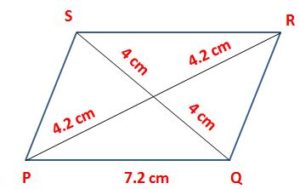
1. Draw a line segment of length 7.2 cm and mark the ends as P and Q.
2. Take the point P as a center and draw an arc by taking the radius 4.2 cm.
3. Next, take point Q as a center and draw an arc by taking the radius 4 cm. Mark the point as O where the two arcs cross each other. Join the points Q and O as well as P and O.
4. By taking the point O as a center, draw an arc with the required radius.
5. Produce PO to R such that OR = PO and produce QO to S such that OS = OQ.
6. Join PS, QR, and RS.
PQRS is a required parallelogram.
3. Construct a parallelogram whose diagonals are 5.6 cm and 6.4 cm and an angle between them is 70°.
Steps of Construction:
1. Draw a line segment of length 5.6 cm and mark the ends as P and R.
2. Take the point O as a center in between P and R.
3. Next, take point O as a center and make a point by taking 70º using a protector. Draw a line XO to Y.
4. Set off OQ = 1/2 (6.4) = 3.2 cm and OS = 1/2 (6.4) =3.2 cm as shown.
5. Join PQ, QR, RS, and SP.
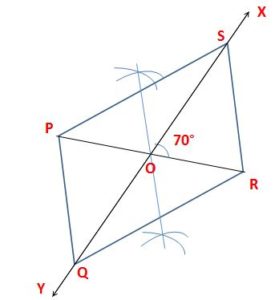
PQRS is a required parallelogram.
4. Construct a rectangle PQRS in which side QR = 5.2 cm and diagonal QS = 6.4 cm.
Steps of Construction:
Firstly, draw a rough figure of the quadrilateral with the given dimensions.
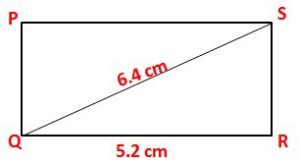
1. Draw a line segment of length 5.2 cm and mark the ends as Q and R.
2. Take the point R as a center and draw a perpendicular line to QR.
3. Next, take point Q as a center and draw an arc by taking the radius 6.4 cm. Mark the point as S where the line and arc cross each other. Join the points Q and S as well as R and S.
4. By taking the point S as a center, draw an arc with the required radius of 5.2 cm.
5. Take the point Q as a center and draw a perpendicular line to QR. Mark the point as P where the point and arc cross each other. Join the points Q and P as well as P and S.
PQRS is a required rectangle.
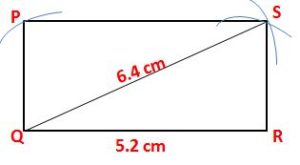
5. Construct a square PQRS, each of whose diagonals is 5.4 cm.
Steps of Construction:
1. Draw a line segment of length 5.4 cm and mark the ends as P and R.
2. Draw the right bisector XY of PR, meeting PR at O.
3. From O set off OQ = 1/2 (5.4) = 2.7 cm along OQ and OS = 2.7 cm along OX.
4. Join PQ, QR, RS, and SP.
PQRS is a required square.
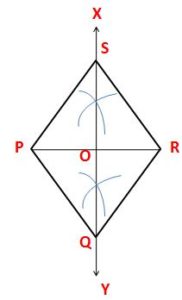
6. Construct a rhombus with a side of 4.4 cm and one of its angles equal to 67°.
Steps of Construction:
Given that a rhombus with a side of 4.4 cm and one of its angles equal to 67°.
The adjacent angle = (180° – 67°) = 113°.
1. Draw a line segment of length 4.4 cm and mark the ends as Q and R.
2. Make ∠RQX = 113° and ∠QRY = 67°.
3. Set off QP = 4.4 cm along with QX and RS = 4.4 cm along with RY.
4. Join PS.
PQRS is a required rhombus.
